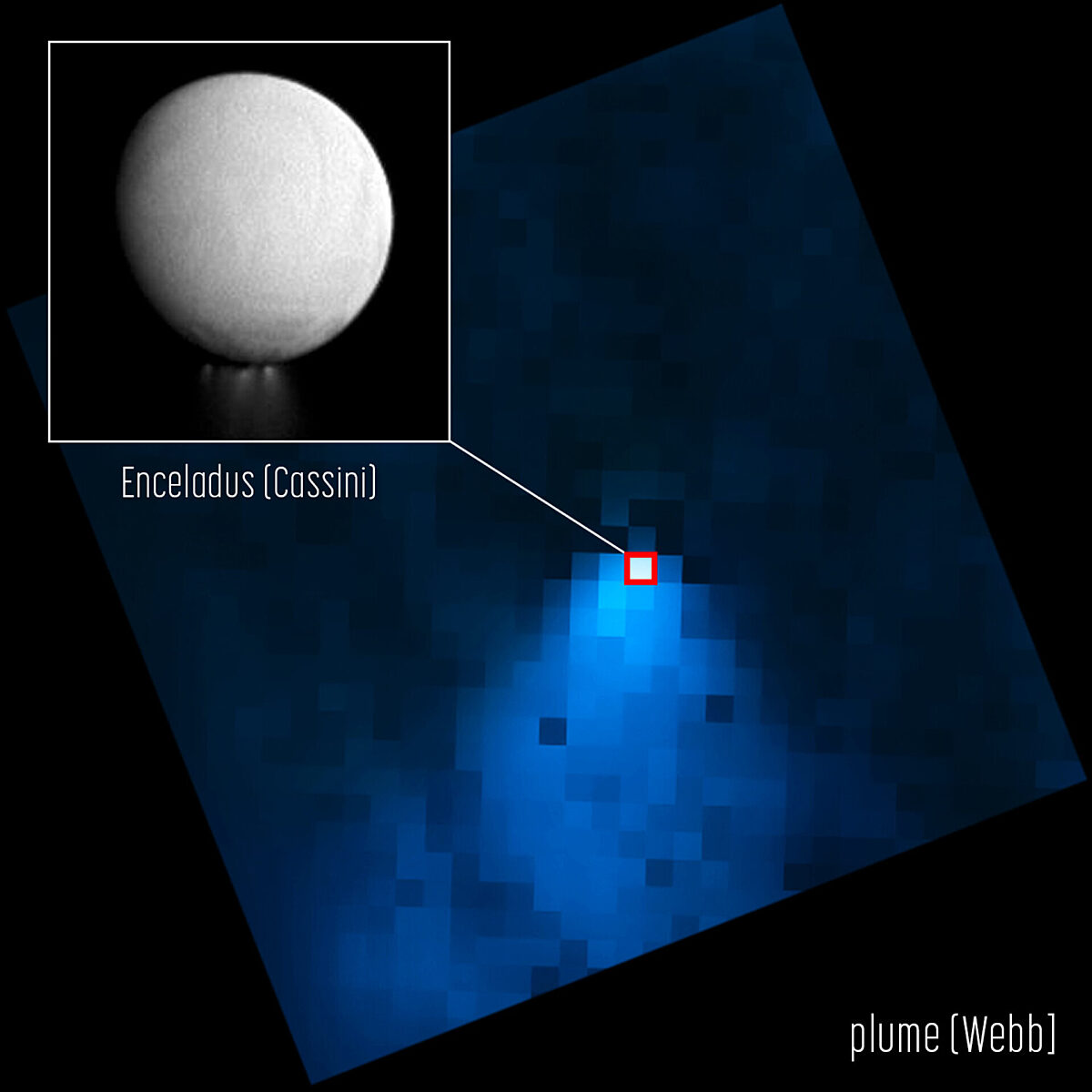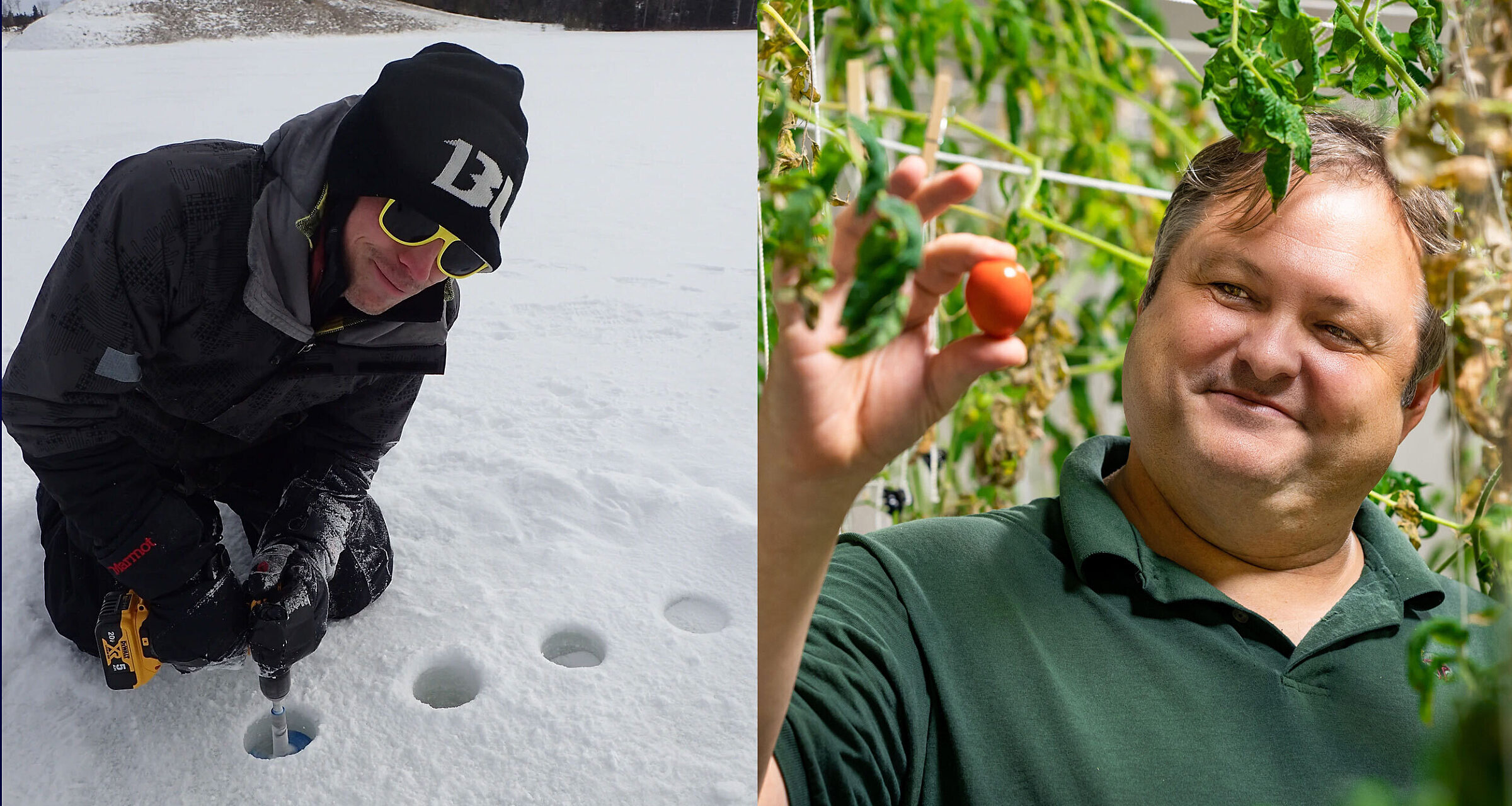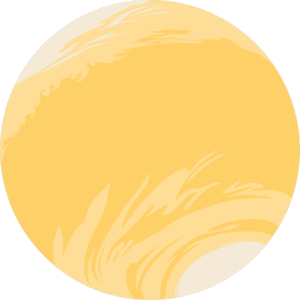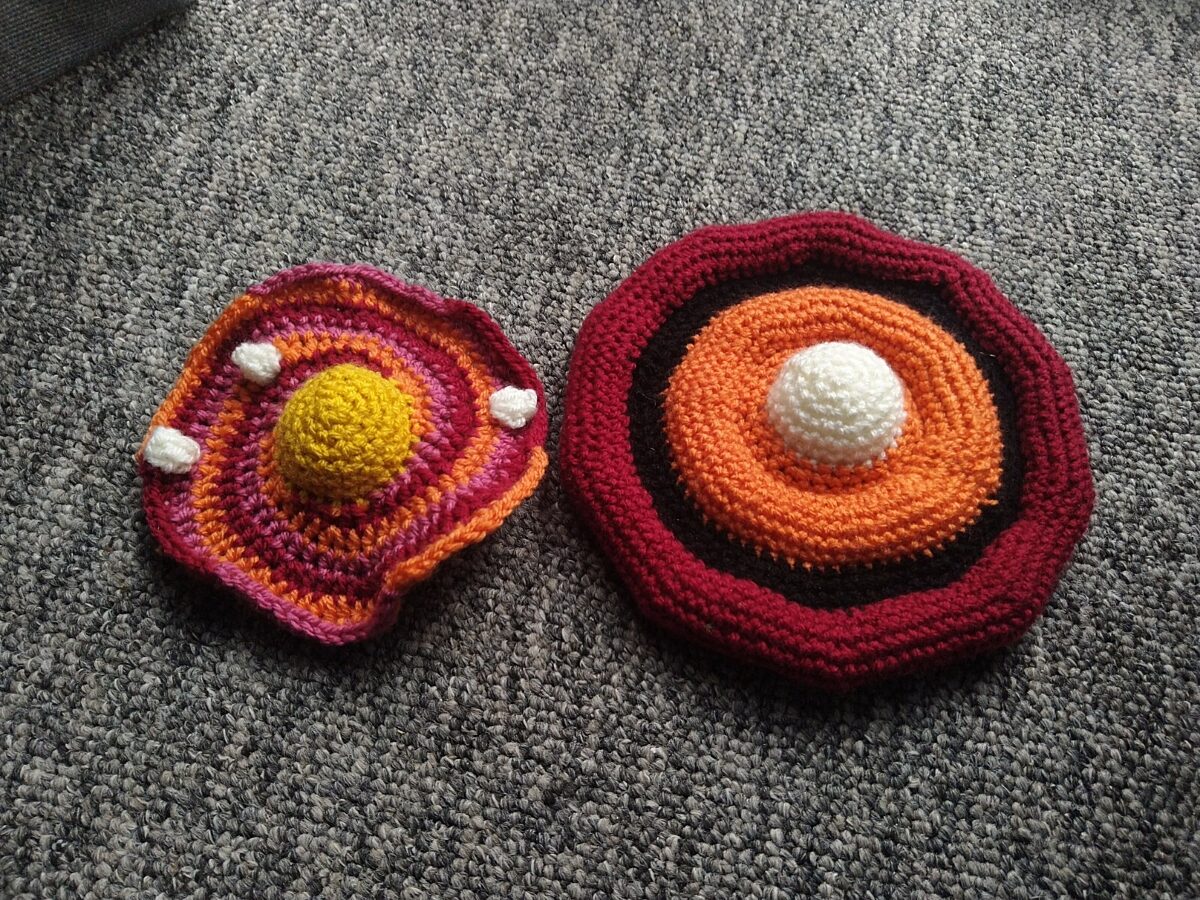The Downlink • Jun 02, 2023
Would you like some salty water with your space salad?
Space Snapshot

Planets are likely present in between the rings of dust and debris that surround the young star Fomalhaut, seen in this image from JWST. The entire star system, which is 25 light-years away from us, stretches out more than three times farther than the expanse of our own Solar System. Released on May 8, 2023, this image is one of our picks for coolest new space pictures from the last month. Image credit: NASA/ESA/CSA, Image Processing: András Gáspár, Alyssa Pagan.
You love space, now take action
This weekly newsletter is your toolkit to learn more about space, share information with your friends and family, and take direct action to support exploration. Anyone can subscribe at planetary.org/connect to receive it as a weekly email.
Mission Briefings


JWST has spotted a huge plume jetting from Saturn’s moon Enceladus. The space telescope imaged a plume of water vapor spanning more than 9,600 kilometers (around 6,000 miles) and spewing through the moon’s icy crust at about 300 liters (80 gallons) per second. Pictured: A Cassini image of Enceladus overlaid on JWST’s image of the plume, showing how the entire plume is about 40 times larger than the moon itself. Image credit: NASA/ESA/CSA/STScI, G. Villanueva (NASA Goddard)/A. Pagan (STScI).

China is aiming to land taikonauts on the Moon before 2030. Lin Xiqiang, deputy director of the China Manned Space Agency, announced this week that the agency is developing a new human-rated launch vehicle, crew spacecraft, lunar lander, a moon suit, and other equipment as well as a new launch site.

Spain has joined the Artemis Accords. This makes Spain the 25th signatory to the international agreements set forth by NASA to establish best practices and norms for exploring the Moon and cislunar space.
From The Planetary Society


Meet the newest STEP grant winners! Two winning proposals have been selected for the 2023 round of STEP (Science and Technology Empowered by the Public) grants, which are supported by Planetary Society members and donors. The winners are a project that will compare different methods of growing edible plants in simulated deep-space exploration conditions, and a project that will study salty lakes on Earth that share characteristics with the past and present oceans of other planets and moons. Pictured: STEP winners Dr. Jacob Buffo (left) and Dr. Andrew Palmer (right) in the field. Image credits: Dr. Chris Carr/Georgia Tech (left), Florida Institute of Technology (right).

Space salads and salty waters could drive the future of exploration. The principal investigators for the two STEP grant-winning projects join this week’s Planetary Radio to talk about the innovative and fascinating research they’ll be conducting thanks to the support of The Planetary Society.
What's Up

Venus is reaching its highest point in the sky, shining super bright in the west after sunset. A little bit higher and much, much dimmer, look for reddish Mars. In the predawn, Saturn looks yellowish high in the east, with Jupiter closer to the horizon below it looking super bright. Mercury is near Jupiter, getting lower over the next few days. Learn what else June’s night skies have in store for you.
Wow of the Week

Space is great inspiration for art in many forms. For artist Seti Astrophel, budding planetary systems (like the one seen around Fomalhaut in this week’s Space Snapshot) inspired a crochet project. Seti crafted these two protoplanetary disks using ordinary yarn. Image credit: Seti Astrophel.
Send us your artwork!
We love to feature space artwork in the Downlink. If you create any kind of space-related art, we invite you to send it to us by replying to any Downlink email or writing to [email protected]. Please let us know in your email if you’re a Planetary Society member!


 Explore Worlds
Explore Worlds Find Life
Find Life Defend Earth
Defend Earth


